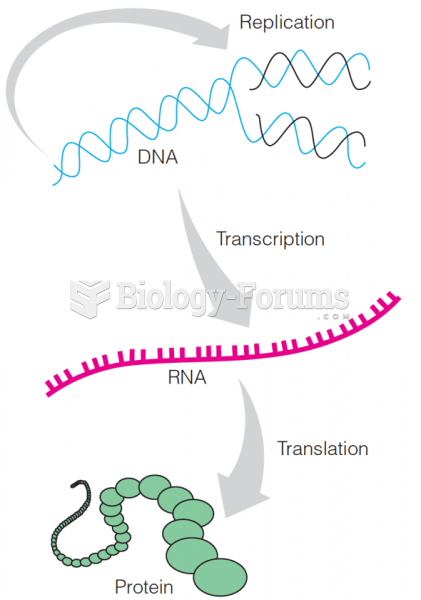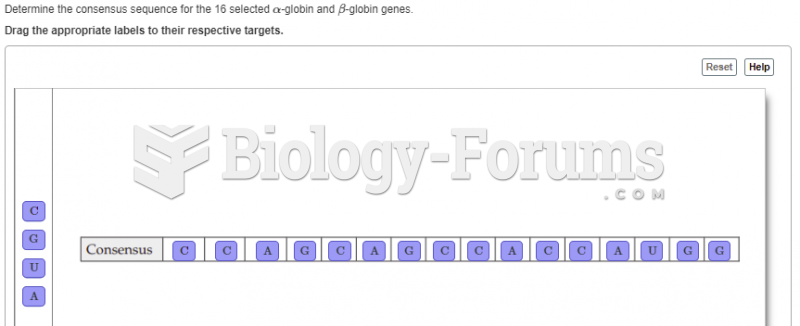Answer to Question 1
Answer: When your audience will be skeptical about or even resistant to your message, you generally want to use the indirect approach: Start with the evidence first and build your case before presenting the main idea. Note that taking the indirect approach does not mean avoiding tough issues or talking around in circles. It simply means building up to your main idea in a logical or sensitive way. An indirect approach begins with a neutral statement that acts as a transition to the bad news or with a statement or question that captures the audience's attention. The body of the message gives reasons that justify the negative answer, either stated or implied. The message body can also be used to arouse interest in the subject and build the audience's desire to comply. The indirect approach ends with a courteous close or a request for action.
Answer to Question 2
Answer: Organizing the communication starts by determining the main idea. The main idea helps you establish the goals and general strategy of the message, and it summarizes (1) what you want your audience members to do, think, or feel after receiving the message and (2) why it makes sense for them to do so. Everything in your message should either support the main idea or explain its implications. When the main idea has been identified, major points should be stated. Support your main idea with the major points that clarify and explain your ideas in more concrete terms. When you're describing a process, the major points are usually steps in the process. When you're describing an object, the major points often correspond to the parts of the object. When you're giving a historical account, major points represent events in the chronological chain of events. If your purpose is to persuade or to collaborate, select major points that develop a line of reasoning or a logical argument that proves your central message and motivates your audience to act. Finally, provide examples and evidence that support those points and help audience members understand, accept and remember your message.







